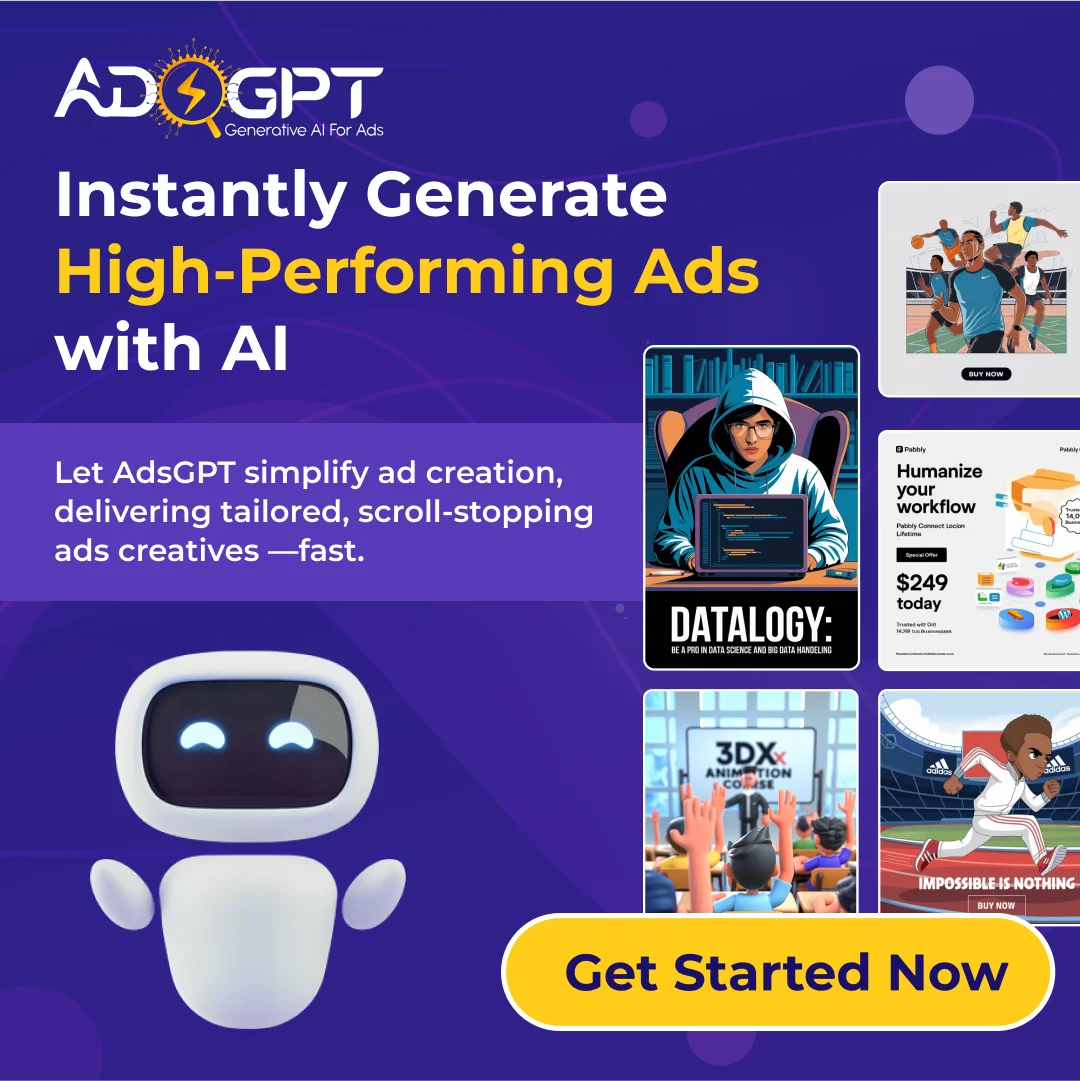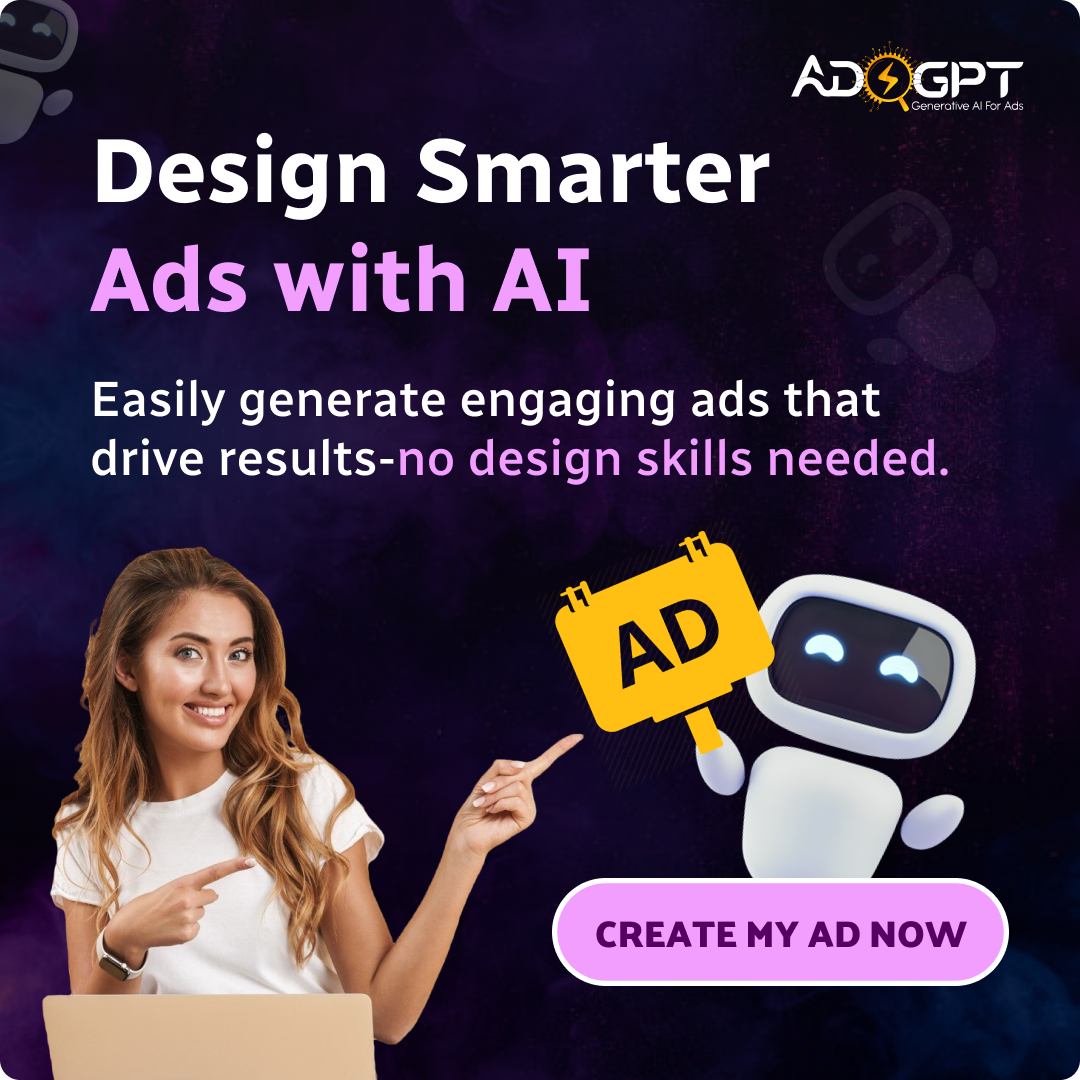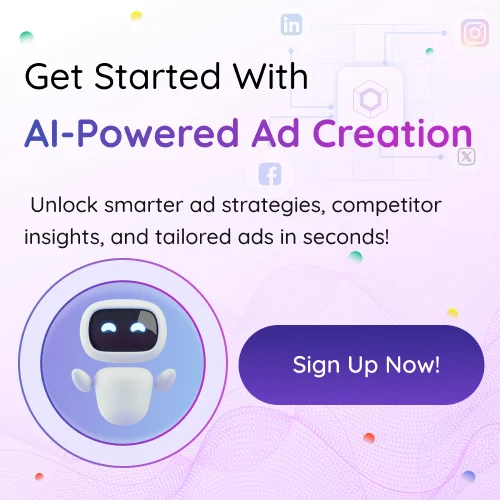
In today’s fast-paced marketing world, brands are constantly competing for attention. That’s where persuasive ads come into play. These ads go beyond simple promotion; they’re crafted to influence thoughts, emotions, and actions. From inspiring trust to creating urgency, persuasive advertising helps brands connect with audiences on a deeper level and motivate them to respond.
Every successful campaign has one thing in common: a strong, persuasive message. It’s not about selling a product directly, but about making people feel something that drives them to act. Whether it’s excitement, curiosity, or belonging, emotions play a huge role in decision-making, and persuasive ads use that power smartly.
In this guide, we’ll dive into what makes persuasive ads so effective, explore real-world examples, and uncover techniques that marketers use to turn simple ideas into compelling messages. By the end, you’ll understand how persuasion fuels the most successful ad campaigns across industries.
You can Also Listen to Our Podcast here,
What Are Persuasive Ads?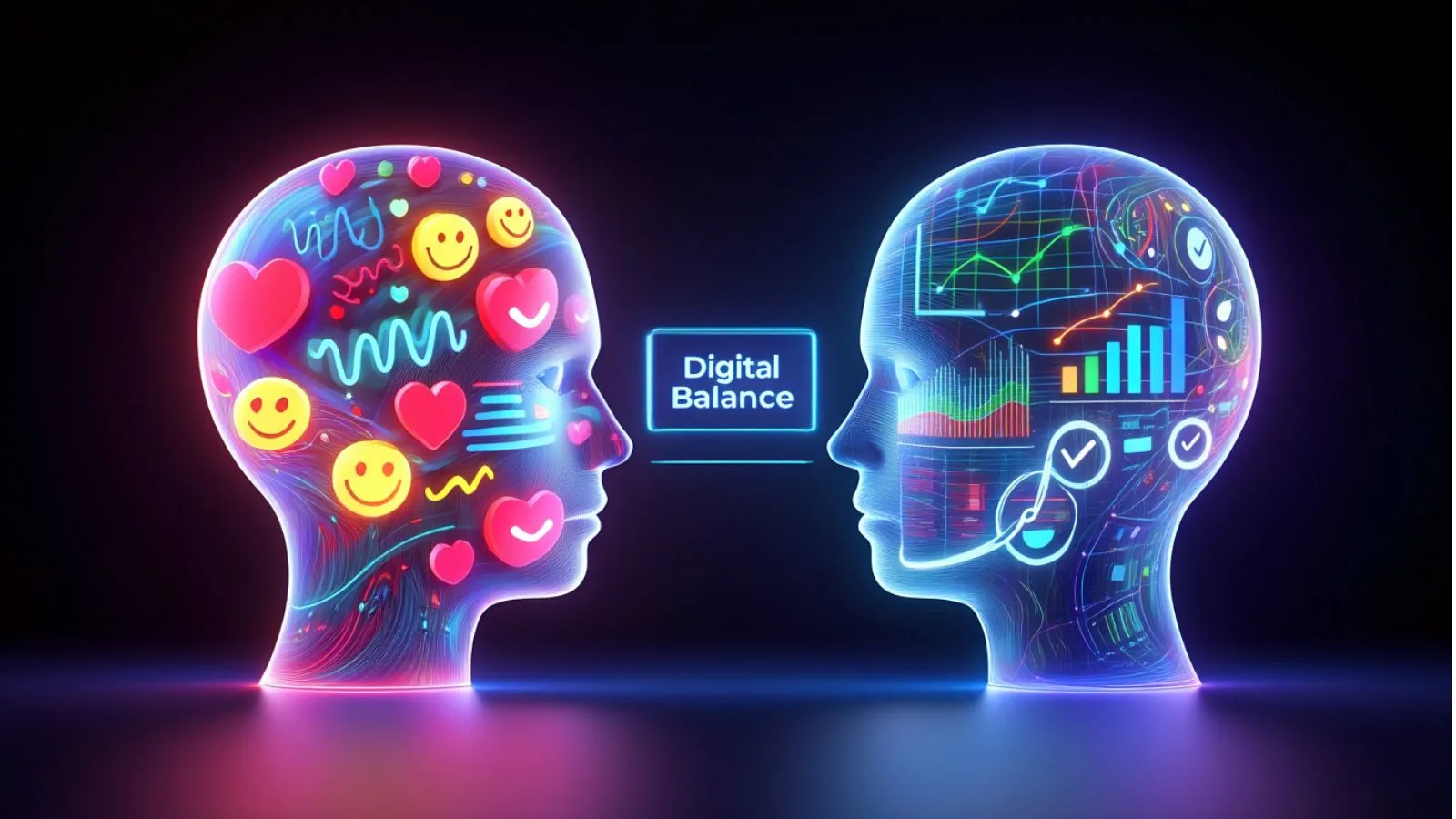
Persuasive ads are advertisements designed to influence an audience’s thoughts, emotions, and actions. Unlike standard ads that simply provide information about a product or service, persuasive ads aim to convince people to take a specific action, whether it’s making a purchase, subscribing to a service, or engaging with a brand.
At their core, persuasive ads use a combination of emotional and rational appeals. Emotional appeals might trigger feelings like happiness, fear, excitement, or nostalgia, while rational appeals focus on facts, benefits, and problem-solving. Together, these techniques guide audiences toward a desired response.
Marketers often study human behavior to craft persuasive ads that resonate. For example, highlighting a product’s scarcity or showing customer testimonials can make an ad more convincing. By understanding persuasive advertising strategies, businesses can create campaigns that are not only noticed but remembered and acted upon.
Real-world persuasive advertising examples include campaigns that evoke strong emotions or cleverly address consumer pain points. These ads are designed to stick in the mind, turning viewers into loyal customers over time.
The Psychology Behind Persuasive Ads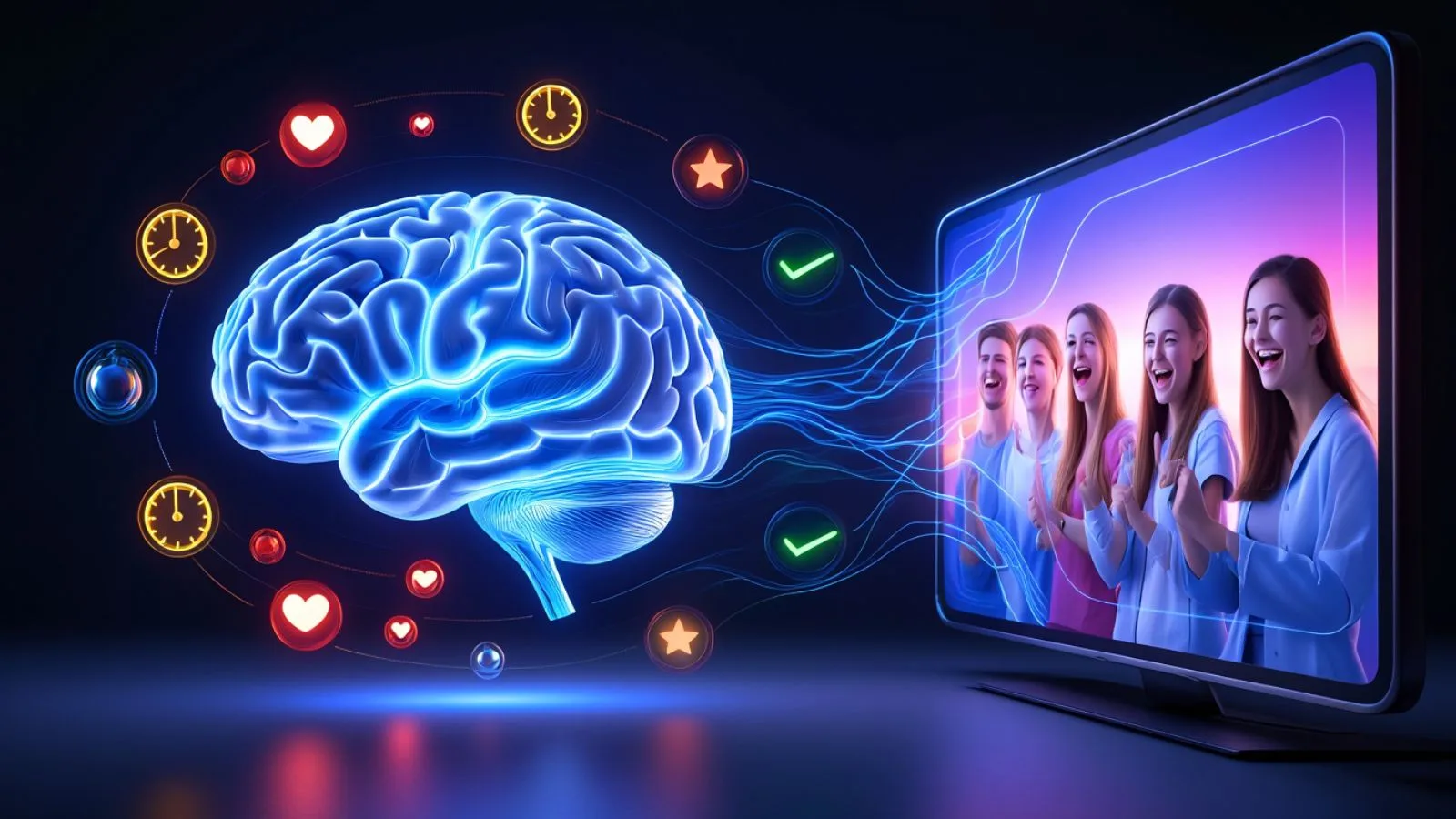
Creating effective persuasive ads is not just about clever visuals or catchy slogans — it’s about understanding human psychology. Marketers leverage the way people think, feel, and make decisions to design ads that resonate deeply and drive action.
One key principle is emotion. Ads that evoke happiness, excitement, fear, or nostalgia can leave a lasting impression and influence behavior.
For example, an ad showing a joyful family using a product can make viewers associate that product with positive experiences, encouraging them to buy.
Another psychological principle is social proof. People often rely on the opinions and actions of others to guide their choices. Persuasive ads examples often include customer testimonials, celebrity endorsements, or statistics that show widespread adoption, making the message more convincing.
Marketers also use scarcity and urgency to create a sense of need. Highlighting limited-time offers or exclusive products taps into the fear of missing out (FOMO), motivating immediate action. Authority and credibility are equally important; ads that feature trusted experts or reputable sources are more likely to be persuasive.
Understanding these psychological triggers allows marketers to craft persuasive advertising that not only captures attention but also encourages meaningful engagement, turning casual viewers into loyal customers.
Key Elements of Highly Persuasive Ads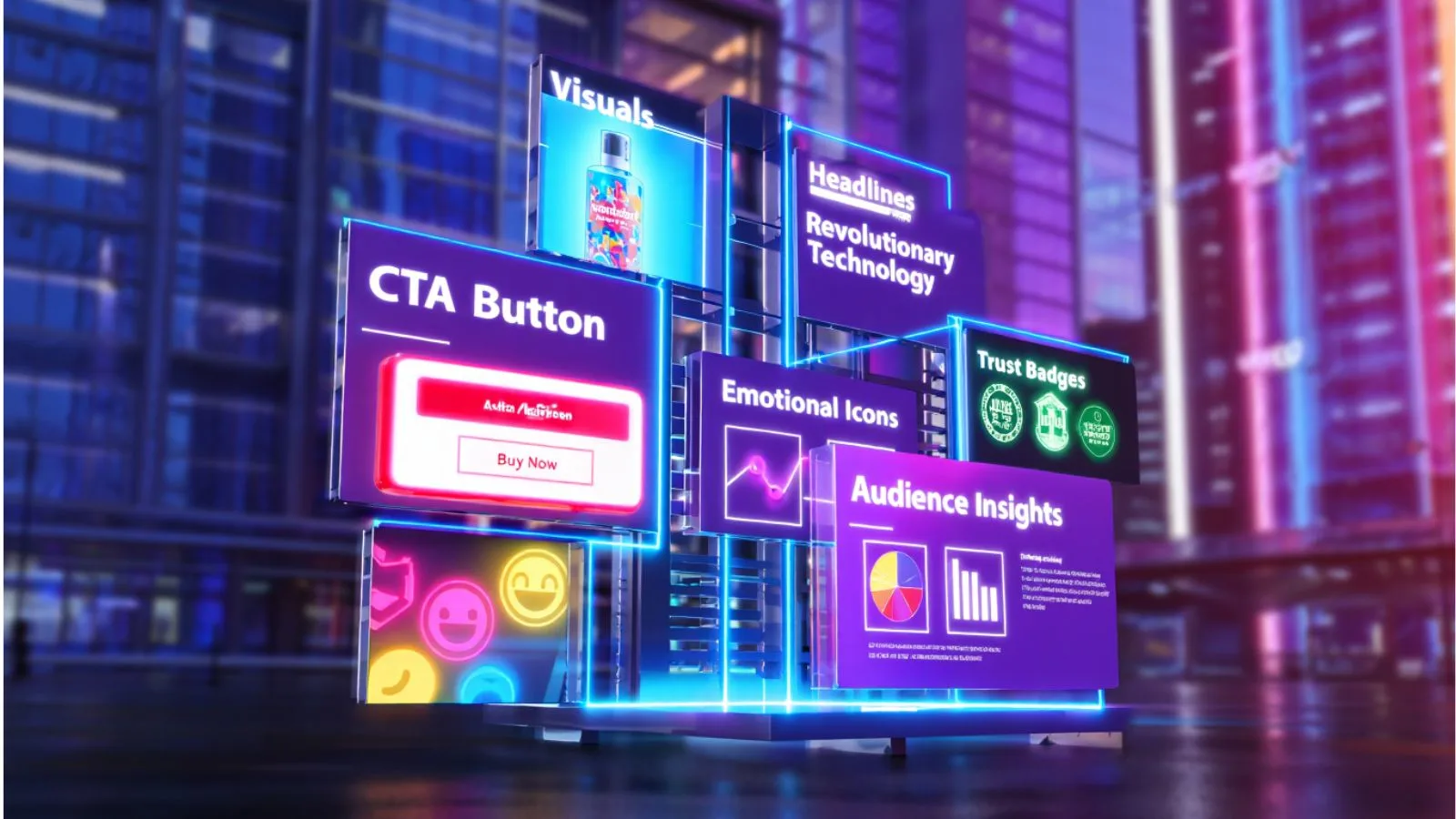
Creating persuasive ads that truly resonate requires a combination of strategy, creativity, and psychology.
- Compelling Visuals
Images and videos grab attention instantly. Strong visuals help communicate your message quickly and emotionally, making the ad memorable. - Attention-Grabbing Headlines
The headline is often the first thing viewers notice. A clear, powerful, and intriguing headline draws people in and encourages them to explore further. - Strong Call-to-Action (CTA)
A persuasive ad guides the audience toward a specific action. Whether it’s “Buy Now,” “Sign Up,” or “Learn More,” a clear CTA directs viewers and increases conversions. - Emotional Connection
The most memorable persuasive ads evoke emotions. Connecting with the audience’s feelings builds trust and makes the message more impactful. - Credibility and Authenticity
Ads that feel genuine and trustworthy are far more convincing. Including testimonials, expert endorsements, or real-life examples boosts credibility. - Relevance to the Audience
Understanding your audience’s needs, desires, and pain points ensures the ad speaks directly to them. Personalized messaging increases engagement and effectiveness.
Incorporating these elements into your persuasive advertising campaigns ensures that your ads not only catch attention but also motivate viewers to take meaningful action.
How To Create Persuasive Ads That Convert?
Creating persuasive ads that drive action requires careful planning and strategy. Here’s a step-by-step approach to designing ads that resonate and convert:
- Understand Your Audience
The first step is knowing your audience’s needs, desires, and pain points. The more you understand them, the easier it is to craft messages that connect on a personal level. - Focus on Benefits.
A persuasive ad highlights how a product or service improves the audience’s life. Instead of listing features, show the real-world benefits and solutions it provides. - Use Emotional Storytelling
People respond to stories more than facts. Incorporate narratives that evoke emotions like joy, trust, or urgency to make your ad memorable and persuasive. - Include a Clear Call-to-Action (CTA)
Every ad should guide viewers toward a specific action. A strong CTA, like “Buy Now” or “Sign Up Today,” directs the audience and increases conversions. - Leverage Social Proof
Incorporate testimonials, reviews, or influencer endorsements to show that others trust and value your product. This builds credibility and encourages action. - Test and Optimize
A/B testing different headlines, visuals, and CTAs can reveal what resonates best. Continuously optimizing your persuasive advertising ensures your ads stay effective over time.
By following these steps, marketers can create persuasive ads that not only grab attention but also convert viewers into customers, boosting both engagement and revenue.
Also Read,
Using AI to Craft Persuasive Ads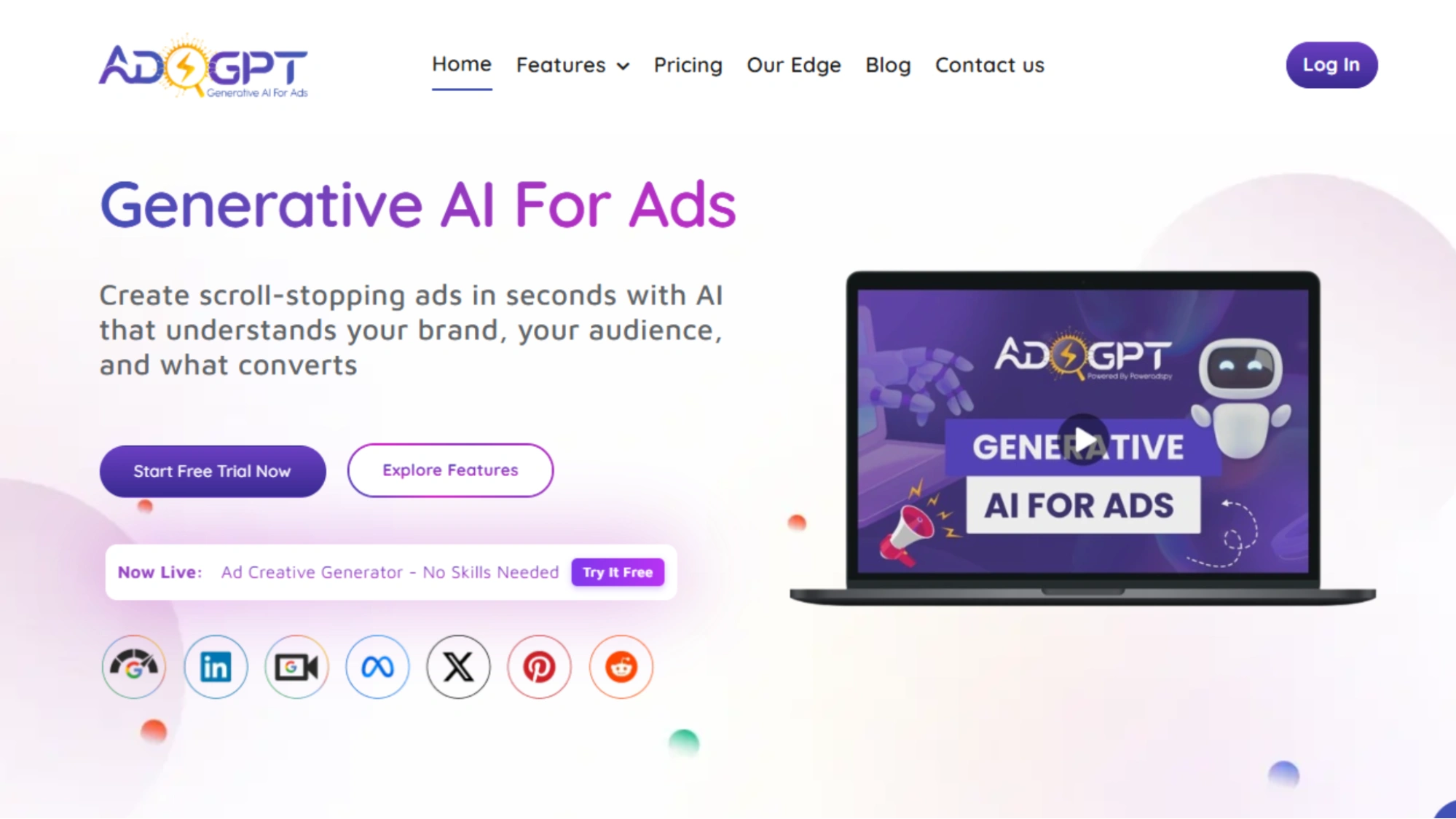
Creating effective persuasive ads takes time, creativity, and understanding of your audience. This is where AI tools like AdsGpt can make a real difference.
AdsGpt helps marketers generate ad copy, headlines, and call-to-actions that resonate with audiences while saving time and effort.
Key Features of AdsGpt:
- AI-Powered Ad Copy Generation: Automatically creates engaging ad copy tailored to your brand’s voice.
- Headline and CTA Suggestions: Generates compelling headlines and calls-to-action designed to boost clicks and conversions.
- Audience Insights: Analyzes trends, consumer behavior, and previous campaigns to suggest ads that resnate with your target audience.
- Multiple Ad Variations: Produces several versions of a single ad so you can test and optimize for maximum performance.
- Time-Saving Workflow: Reduces brainstorming and rewriting, allowing marketers to focus on strategy and creativity.
- Campaign Optimization: Provides suggestions based on predicted engagement and conversion rates for better ROI.
By integrating AdsGpt into your workflow, businesses can enhance their creative process, craft compelling ads, and optimize campaigns efficiently. It’s like having a virtual marketing assistant that understands the nuances of persuasive advertising and helps every campaign achieve its full potential.
Good Ads to Analyze for Inspiration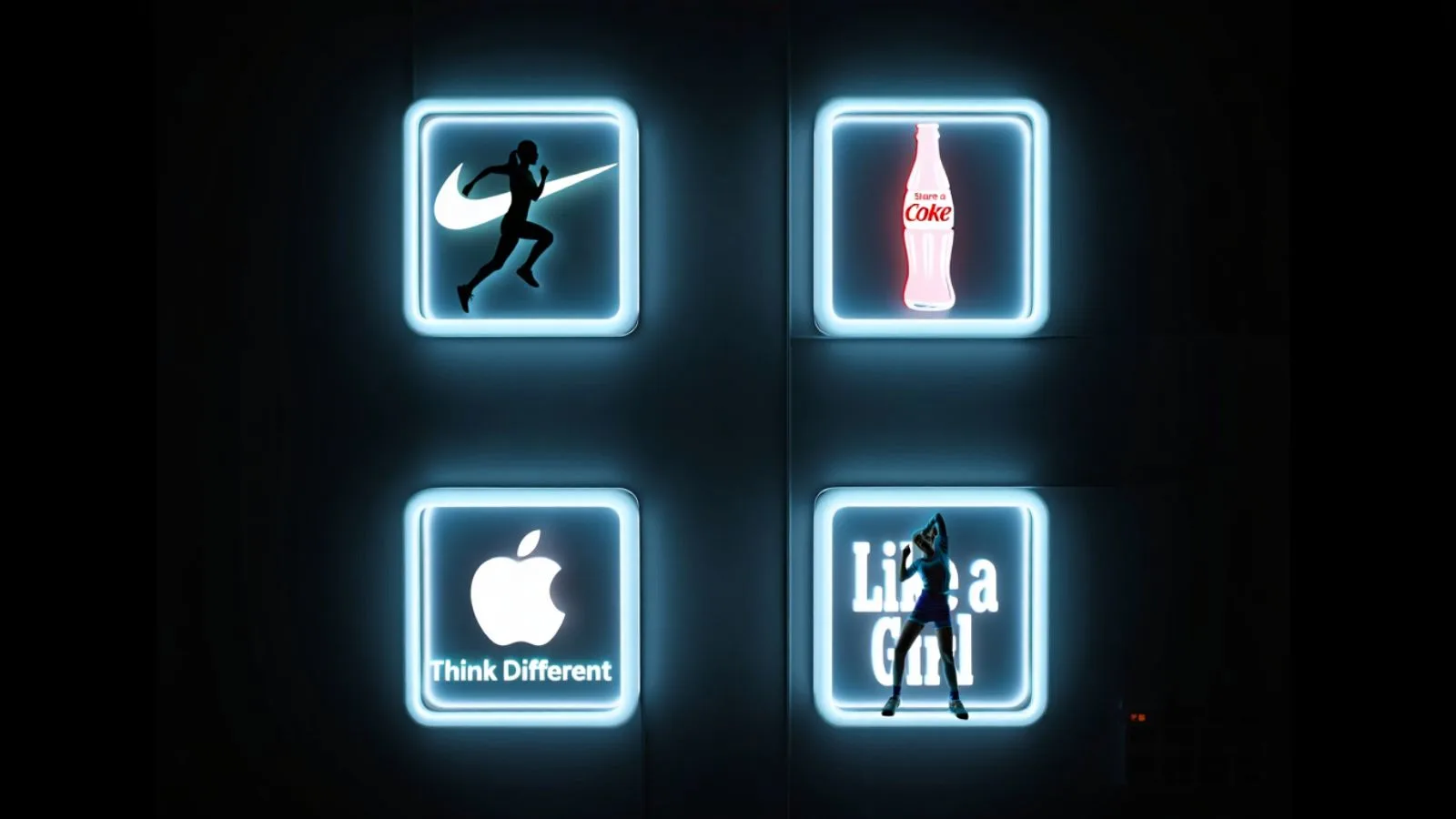
Studying successful campaigns is one of the best ways to learn how to create effective, persuasive ads. Here are a few good ads to inspire you & analyze for insights :
- Nike – “Just Do It”
This campaign focuses on motivation and achievement. Its simplicity and emotional appeal make it a classic persuasive advertisement that resonates across audiences. - Coca-Cola – “Share a Coke”
By personalizing bottles with names, Coca-Cola tapped into emotions and social sharing. This persuasive ad creates a personal connection while encouraging engagement. - Apple – “Think Different”
Apple’s campaign appeals to creativity and individuality, making viewers feel part of something bigger. It’s a strong example of a persuasive commercial that communicates values effectively. - Always – “Like a Girl”
This campaign empowered young women and challenged societal norms. Its emotional storytelling and social relevance make it one of the most effective persuasive ads examples.
Analyzing these campaigns helps marketers understand the techniques that make ads persuasive: strong storytelling, emotional appeal, clear messaging, and relatable content. By applying these principles, you can craft persuasive ads that inspire action and leave a lasting impression.
Conclusion
Persuasive ads are more than just marketing messages—they are carefully crafted tools designed to influence emotions, decisions, and actions. From compelling visuals and strong headlines to emotional storytelling and social proof, every element plays a role in making an ad effective.
Studying real-world persuasive advertising examples shows how top brands use creativity, psychology, and strategy to engage audiences and drive results. By understanding these techniques, marketers can create campaigns that not only capture attention but also convert viewers into loyal customers.
Using AI tools like AdsGpt further enhances the process, making it easier to generate ideas, optimize ad copy, and produce persuasive ads efficiently. Combining strategy, creativity, and technology ensures your campaigns are impactful and results-driven.
By applying these principles and learning from proven examples, businesses can craft persuasive ads that influence audiences, boost engagement, and achieve measurable marketing success.
FAQs
Q1: How can AdsGpt improve my ad campaigns?
AdsGpt helps generate multiple ad variations, craft compelling headlines and CTAs, and optimize content based on audience behavior, saving time while boosting performance.
Q2: Can AdsGpt tailor ads to different platforms?
Yes. AdsGpt can create ad copy suited for social media, search engines, display ads, or email campaigns, ensuring messaging aligns with each platform’s audience.
Q3: Is AdsGpt suitable for small businesses and startups?
Absolutely. AdsGpt provides AI-driven ad suggestions without needing a large marketing team, making it ideal for small businesses looking to run effective campaigns efficiently.

